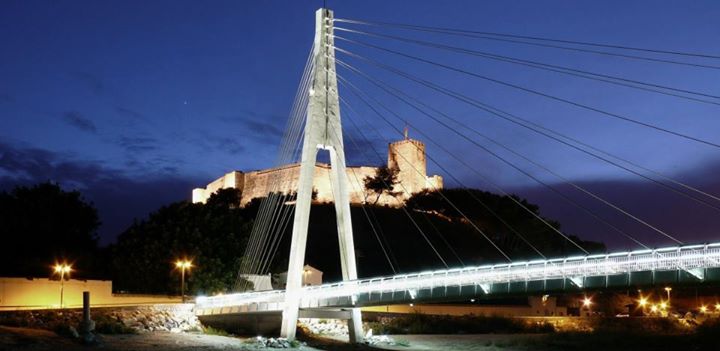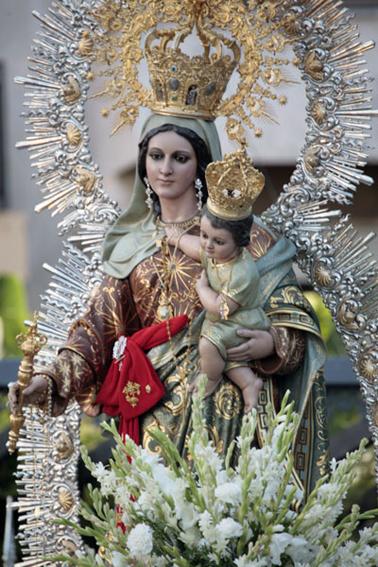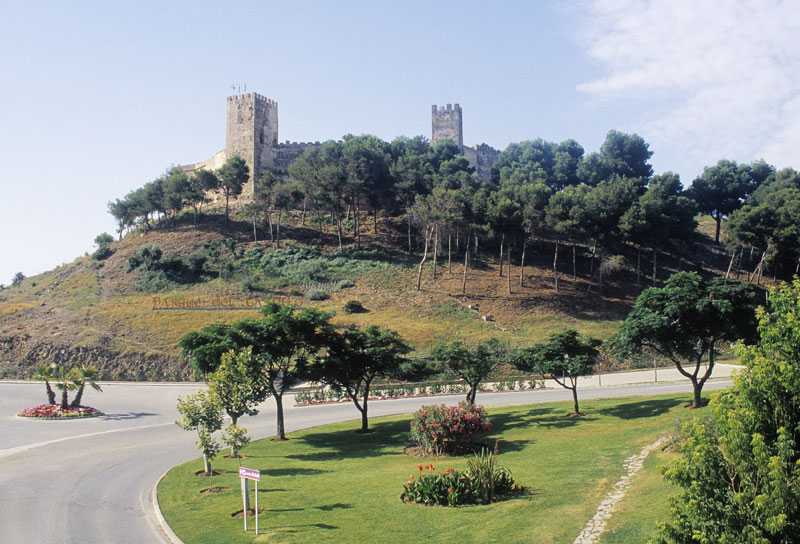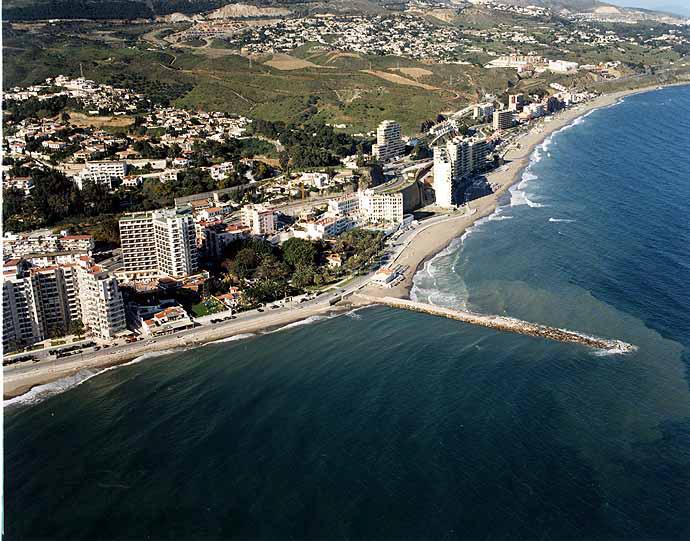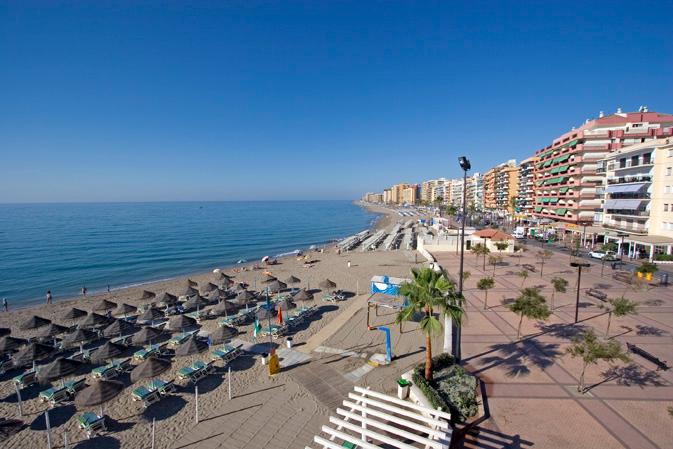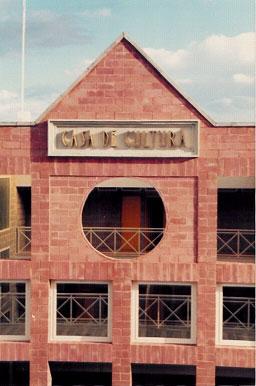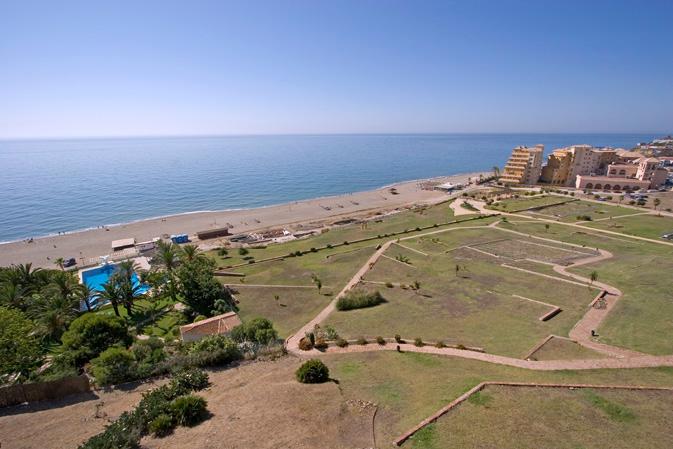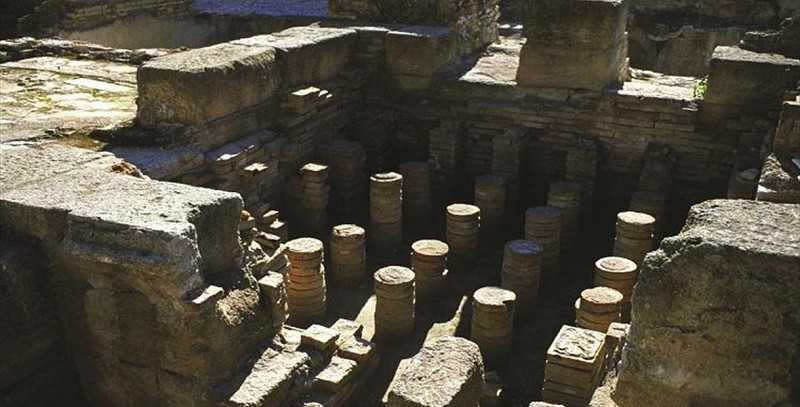Fuengirola

Its municipal area is one of the smallest in the province, consisting merely of the coastal strip occupied by the town and the Santa Fe de los Boliches district, which make up seven kilometres of excellent beaches.
Though apparently of Phoenician origin, the town's history really begins in Arabic times with the building of Sohail Castle, part of whose walls still remain, for defence purposes. The town centre still retains a certain traditional air, though it is nowadays characterised by the hotels, apartments etc. necessary to its main source of income: sun and sand tourism.
History
It was inhabited by the bástulos, the Phoenicians, and, later, the Carthaginians.
The Romans called it Suel and the Arabs Sohail, the name of a star which, according to Ibn-Jallicam, could only be seen in the peninsula from this spot.
In 912, Abderraman III ordered the construction of a fortress on the small hill which stands between the coastline and the mouth of the River Sohail; the remains of this castle, though in a state of extreme disrepair, still form an important feature in the landscape of the Fuengirola coast. It was used as for military purposes and to monitor the shores until the 19th century, playing an important part in the War of Independence.
Fuengirola was captured by the Catholic Monarchs on 7 August, 1487.
In the 17th century, the town acquired its present-day denomination, which appears to be derived from the name by which it was referred to by the Genoese sailors who came to these shores and used dragnets, which they called "gironas".
Abderraman Ben Abdallah Ben Ahmed "El Sohaili", the eminent 12th-century writer and essayist famed for his knowledge of grammar and theology, was born here in 1115.
Eminent citizens
Abderraman Ben Abdallah Ben Ahmed "El Sohaili", eminent 12th-century writer and essayist famed for his knowledge of grammar and theology.
Miguel Marquez Martin, bullfighter.
Jose Lopez Ruiz, journalist and poet.

- Max 17
- Min 15
- Max 62
- Min 59
- °C
- °F
Events




